Huzaifah ibn Adam
IB Expert
- Messages
- 2,252
- Reaction score
- 170
- Gender
- Male
- Religion
- Islam
Mini milk-tarts are nice as well. You get custard tarts too (a variation of milk-tarts), but I don't go in for those.
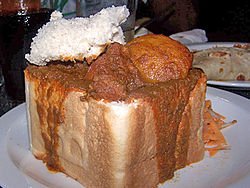
Some people call it "uzzi" [emoji6] I've never eaten a bunny chow with meat.. Always eat the one with beansNot to forget the Gatsbys and AK-47 Rolls; more "real" South African foods.
South Africans make substantial foods. One AK-47 Roll could feed an army. Usually, though, one person alone eats the entire thing.
The name of it makes me want to eat it
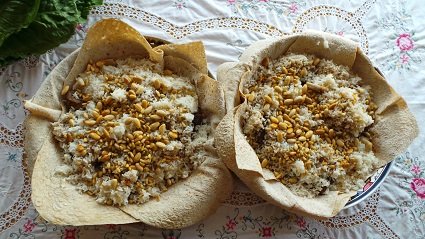
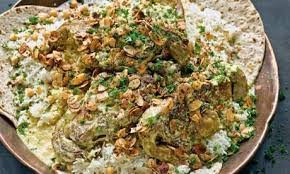
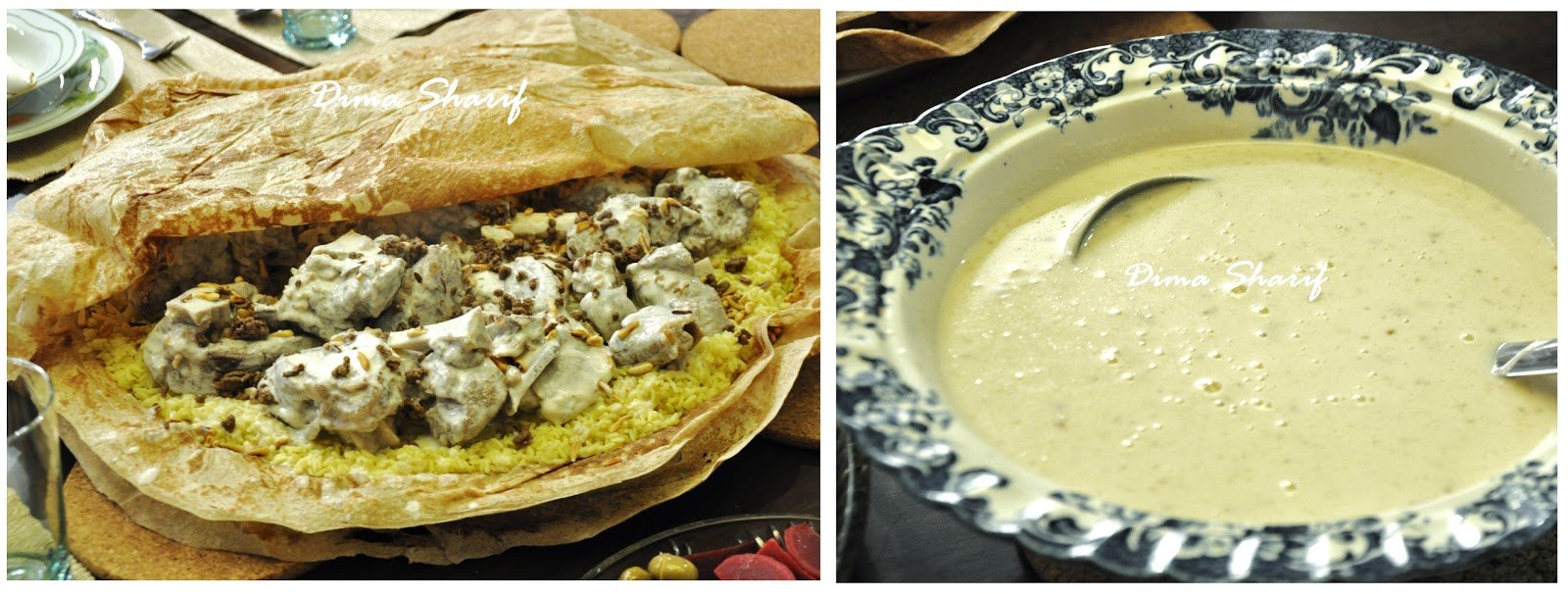
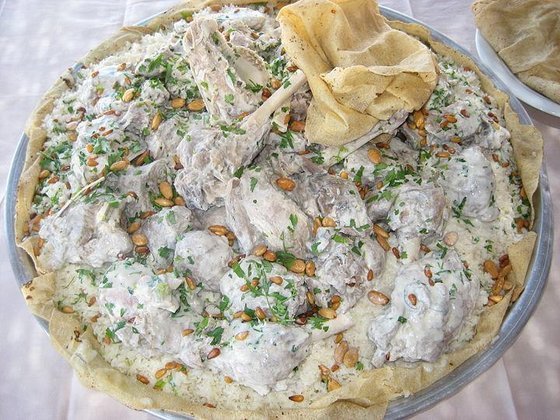
Why that Roll named AK-47?. Is this name relates to AK-47 assault rifle?Not to forget the Gatsbys and AK-47 Rolls; more "real" South African foods.
South Africans make substantial foods. One AK-47 Roll could feed an army. Usually, though, one person alone eats the entire thing.
Why that Roll named AK-47?. Is this name relates to AK-47 assault rifle?
Follow along with the video below to see how to install our site as a web app on your home screen.
Note: This feature may not be available in some browsers.
